Assessing available data to determine need
Evaluate existing data sources to determine need for mobile addiction services. The overdose epidemic has spared few communities. Public health data may be helpful in determining which neighborhoods have the greatest need for low-barrier access to addiction services and care.
Availability of data may vary, but below are potential resources that may help to establish need
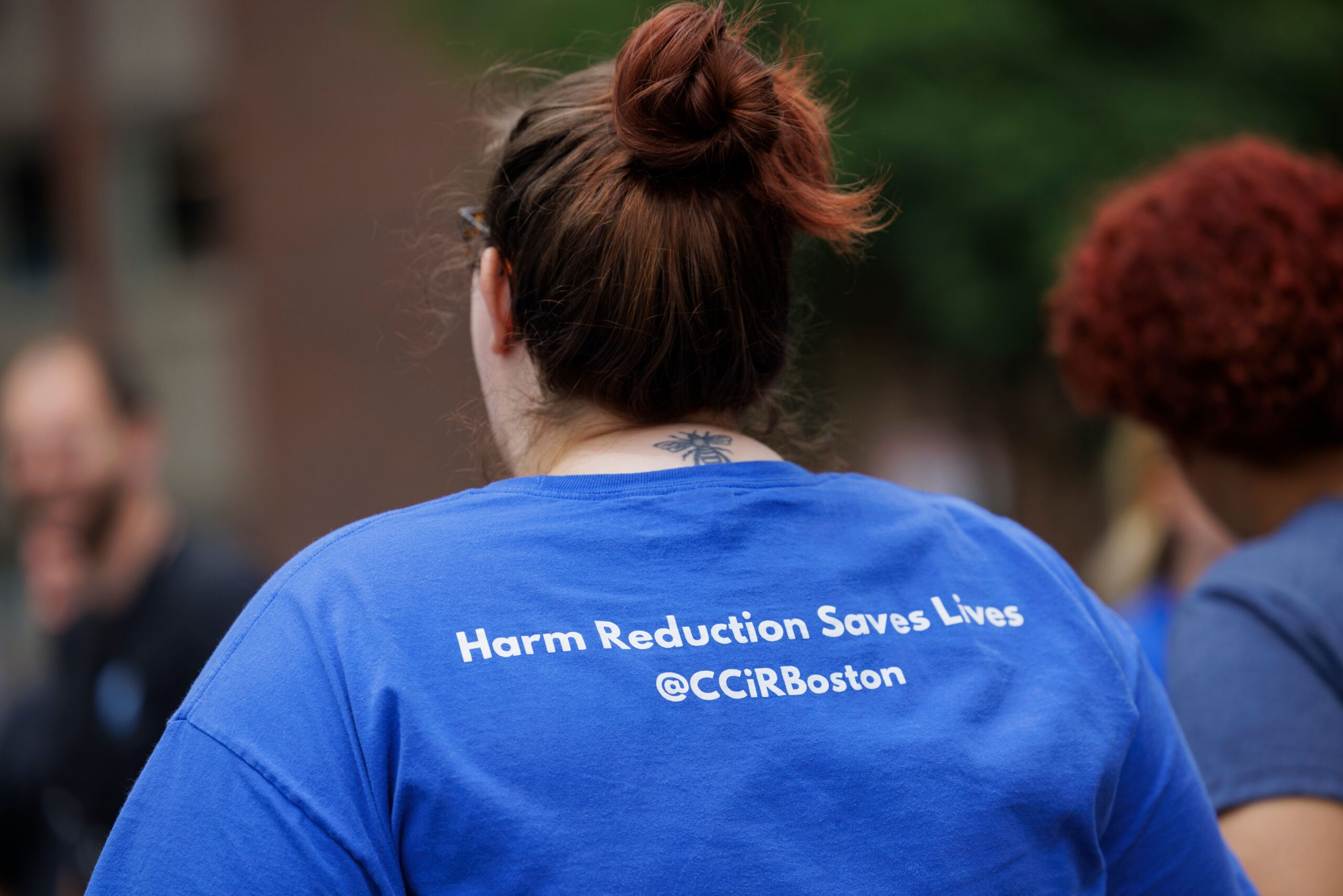
See Involving PWUD in the Design of the Model on page 14 of toolkit pdf
Frequency and location of narcotic-related incidents (NRI)
– Strengths—Provides quantitative and geospatial
presentation of data; data updated frequently;
allows for quantification of resources allocated
to address overdose epidemic; sometimes
differentiates overdoses that occur in a residential
setting versus a “public” setting (e.g. street,
shelter, public restroom, etc.), which allows mobile
programs to prioritize highly vulnerable populations
– Weaknesses—Incidents captured only if someone
called 911 (data incomplete); categorization of
incident as an NRI made by paramedics, often
with incomplete information (some incidents
may be misclassified); data may not be readily
accessible and often has delayed release and
presented in aggregate form; privacy concerns
may limit access to such data; demographic
information not always captured
SSPs often have information on population needs, service utilization and health indicators such as overdose history and naloxone rescues from participants
– Strengths—Demonstrate service needs
and utilization in high-risk population; often
trusted resource for PWUD with unique
and invaluable insights
– Weaknesses—Not all regions have nearby
SSPs; SSPs may be under-resourced and have
difficulty managing data requests; maintaining
confidentiality is crucial and could complicate
sharing of some data
Municipal areas that track nonemergency constituent requests may capture indicators of high-risk activity or populations. Useful indicators may include (1) reports of improperly discarded syringes, or (2) homeless encampments
– Strengths—3-1-1 data are often public; may
reveal trends traditional data sources miss; data
updated frequently
– Weaknesses—Less-established or utilized
3-1-1 systems may have few data points; 3-1-1
systems may not be designed for data extraction;
neighborhoods more likely to report incidents may
not align with the neighborhood who experience
the highest number of incidents
Frequency and location of deaths where overdose was the cause
– Strengths—Robust dataset with a lot of information
– Weaknesses—Typically very delayed data source,
data may be months/years old; privacy concerns
may limit access to such data
Frequency and location of involuntary commitments of individuals who have SUD
– Strengths—May be indicative of a high-risk
population, but likely most helpful as
a supplemental source
– Weaknesses—Smaller sampling than other data
sources; privacy concerns may limit access to
such data
Frequency, demographic information, location and chief complaint data for regional hospitals
– Strengths—Timely information about emergency
department visits related to drug use/overdose
– Weaknesses—Does not account for drug events
that do not result in hospital visit; data might not
be readily accessible depending on region; chief
complaint data may be non-specific, resulting in
underreporting and miscategorization
Frequency of drug-related arrests may point to areas of high need
– Strengths—Police departments may have robust
data sets that allow precision in pinpointing
high-risk activity
– Weaknesses—Data may not be accessible
by public; arrests offer incomplete picture
Incidence and location of Hepatitis C and HIV diagnoses may indicate high-risk activity
– Strengths—Epidemiologic reports and data are
typically accessible in any region; provides baseline
data which can help demonstrate impact of
harm reduction work and unmet needs of PWUD;
longitudinal data may provide trends over time
– Weaknesses—Hepatitis C is not reportable in
all states; data reports can be quite delayed;
health departments may have incomplete data
on risk for Hepatitis C and HIV cases; diseases
are underreported
Provide qualitative data on experiences with PWUD including areas of high need, service utilization and barriers to care
– Strengths—Diverse perspectives and experience;
lays foundation for future collaboration on mobile
health project
– Weaknesses—Time-and-resource intensive;
number of available stakeholder agencies varies
greatly by region
Upon determining there is sufficient need for mobile addiction services, continued input from PWUD is important to ensuring any program is designed and implemented to best serve the needs of those at greatest risk for overdose
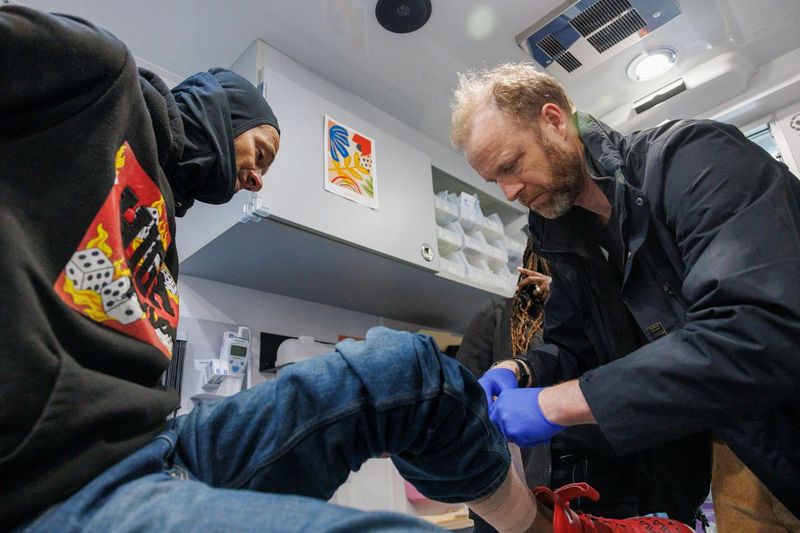
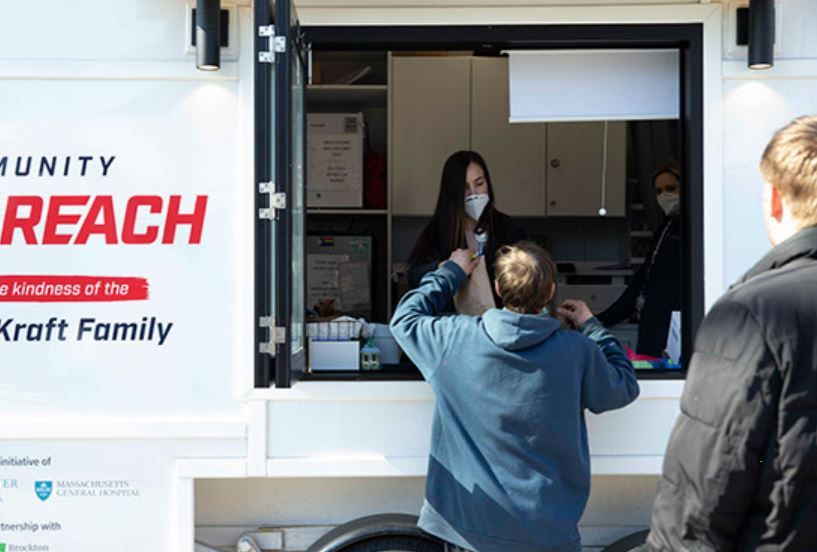
Engaging with local stakeholders is crucial to the planning and implementation of a mobile health program. The team should consider reaching out to community partners. Be mindful to protect patients’ and PWUD’s privacy when presenting data; when possible, use data in the aggregate, highlight data limitations and be sure to contextualize when describing trends
Engaging with local stakeholders is crucial to the planning and implementation of a mobile health program. The team should consider reaching out to community partners. Be mindful to protect patients’ and PWUD’s privacy when presenting data; when possible, use data in the aggregate, highlight data limitations and be sure to contextualize when describing trends
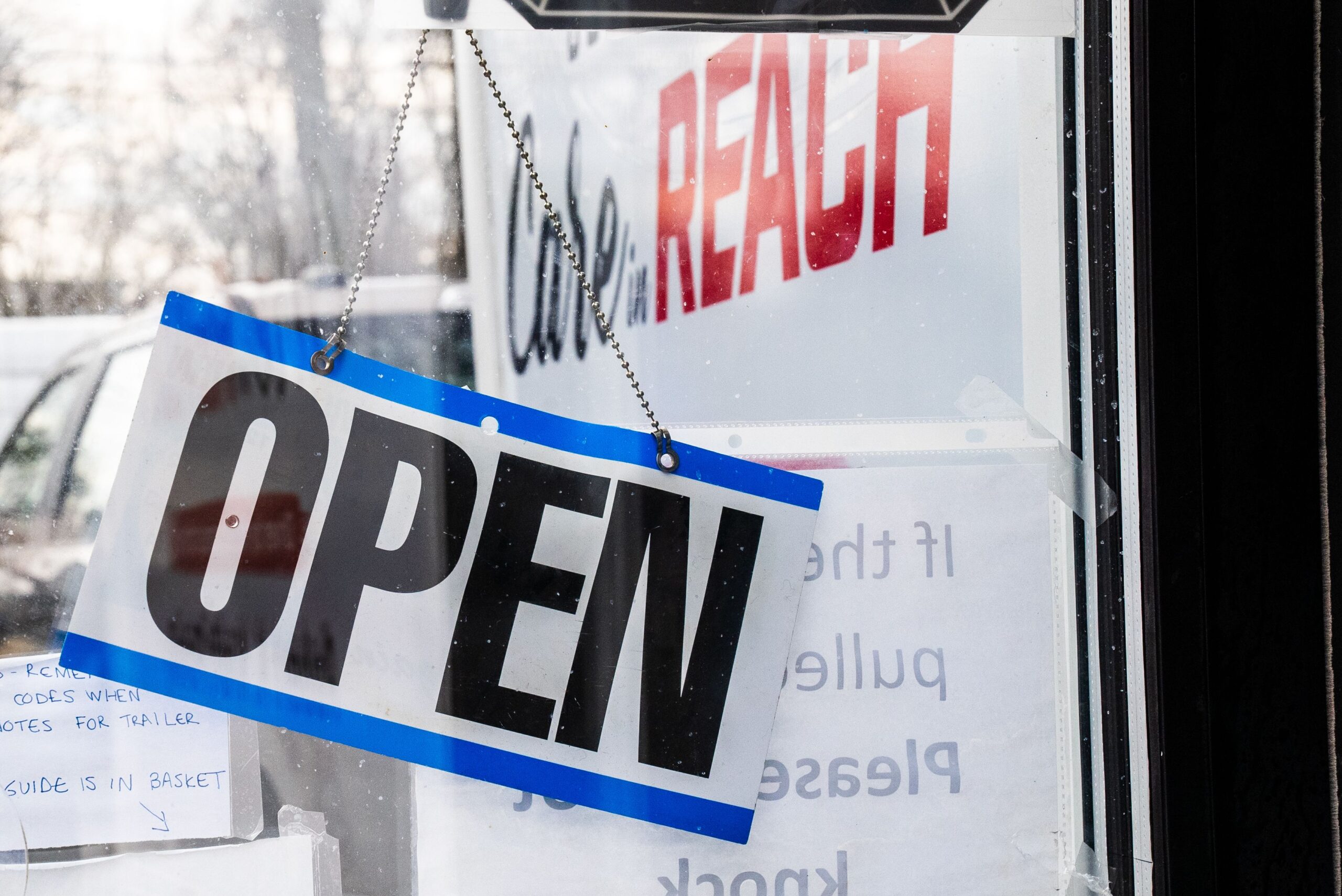
Data:
Neighborhoods and locations where available data indicate persistently high rates of overdose and deaths due to opioids should be prioritized. If data indicate shifting trends in overdose rates and geography, the team should be prepared to mobilize a response accordingly.
Lack of current addiction services:
The mobile health program should avoid duplicating services as much as possible. If proposed clinical sites have existing addiction services and/or street outreach teams to link homeless or otherwise vulnerable populations, the mobile health program should consider other neighborhoods/locations experiencing service gaps that may benefit more from proposed services.
Local stakeholder support:
The support of partners and stakeholders in neighborhoods being served can help enhance and expedite program implementation. Selecting pilot sites in areas of demonstrated need that have extensive community backing could give the program the best environment to gain experience and establish best practice before spreading the program to additional sites.
Logistical considerations that impact the feasibility of establishing an effective clinic might include:
– The availability of parking in the vicinity of the proposed clinical site
– The distance of the proposed clinical site from the organizations operating the mobile health clinic (i.e. how far will the staff need to travel?)
– Proximity to pharmacies to facilitate rapid prescription fills for patients
– Balancing accessibility with discretion—ideal locations are easy for program participants to travel to, but not so conspicuous as to draw unnecessary attention by onlookers
1. When possible, work with local stakeholders to establish dedicated parking spots for the mobile unit. Stakeholders might include municipal agencies or departments with jurisdiction around city/town parking. Also consider engaging with other partners including business owners or agencies who may own parking spaces that could be used by the vehicle.
2. Be sure to determine if the municipality requires specific permitting around mobile health clinics.
3. Remember that the physical landscape of a parking space can impact the safety and effectiveness of a mobile clinic. For instance, the team should try to park in a level area and avoid parking spaces with inclines.
4. Consider safety when choosing parking spaces. Avoid spaces near frequent high-speed traffic or blind spots
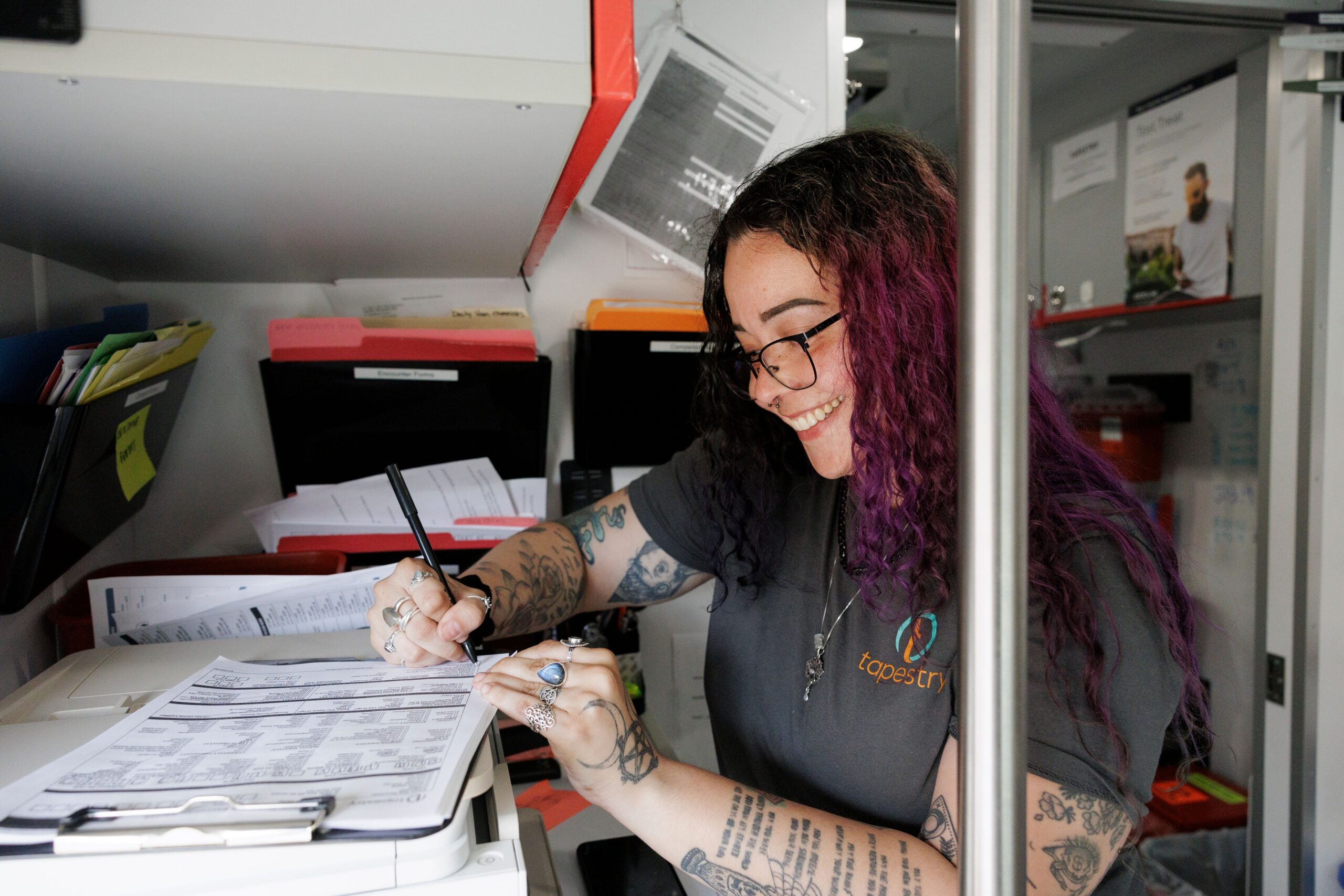
Engaging with local stakeholders is crucial to the planning and implementation of a mobile health program. The team should consider reaching out to community partners. Be mindful to protect patients’ and PWUD’s privacy when presenting data; when possible, use data in the aggregate, highlight data limitations and be sure to contextualize when describing trends